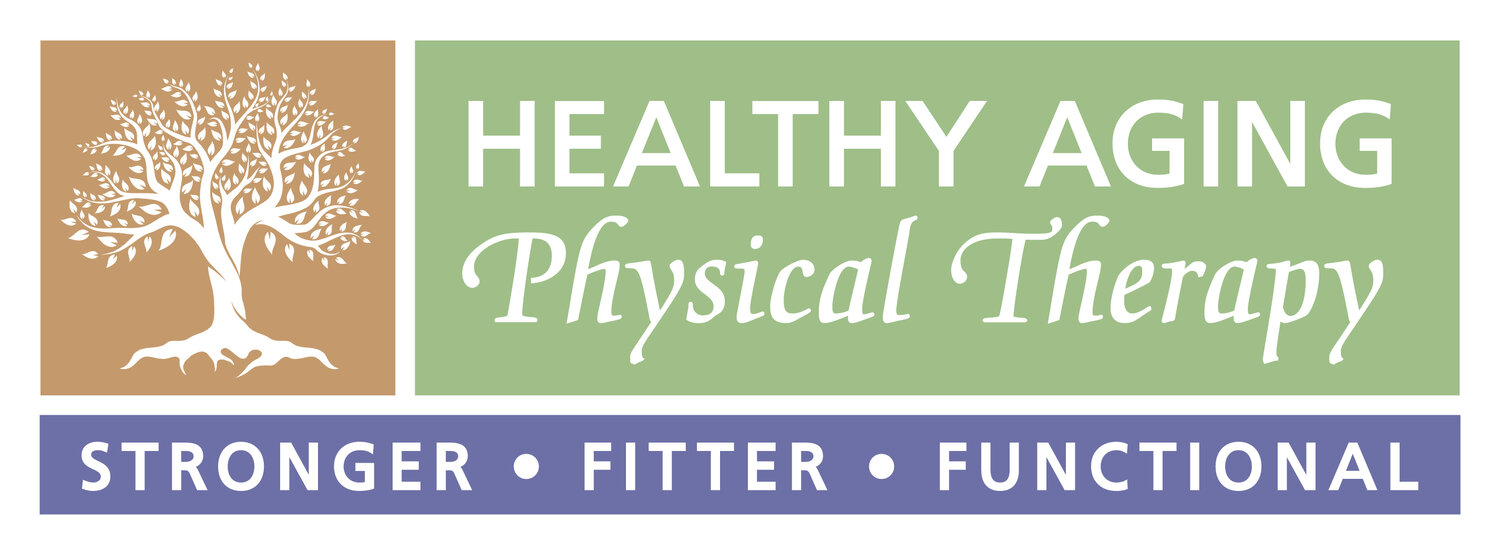the time I had to participate in family yard work day…
totally not my house, but the weeds were the same…
I’m not a fan of yardwork. I won’t go so far as to say I hate it, but I don’t get any joy from it. I don’t love the dirt, I’m not a huge fan of the bugs and every time I’ve ever put effort into creating a garden, it has become absolutely decimated by hungry rodents in less time than it took to plant the stupid thing. But lo and behold, last week, I found myself begrudgingly taking part in family yard clean up day. And by ‘family’, I mean me and my husband weeding and raking and mowing and scooping and wheel-barrowing for 6 hours straight after my kids pulled weeds for 10 minutes declared it was too hot and went inside for popsicles. But I digress.
‘So, Katie, why are you posting about yard work in your PT blog?’ Welllll…during the 6 lovely hours I spent weeding and raking and mowing and wheelbarrow pushing, I had a lot of time to think. And I thought a lot of about functional strengthening. I’ve been on a functional strengthening kick lately. I’ve come to love how it feels in my own body to focus on functional strengthening exercises, and have begun to utilize this form of exercise more and more often into my therapy sessions with my patients. I love it because it just plain makes sense. Why work a one single plane exercise, when you can use a movement, that not only involves all the major muscle groups, but mimics every day movements to encourage carryover to function? If I’ve already started to lose you, you may want to take a moment and read back to my initial post on functional strengthening What is ‘Functional Strengthening' and Why Does it Matter?'
Now I’m not sure what your weeds are like, but let me tell you, our yard has been overrun by some monsters lately. These things have vines and flowers and they are expansive. It took some serious effort to get these bad boys out of the ground and I soon found myself doing what felt like weighted squats and deadlifts and before I knew it, I was involved in a complete functional strengthening workout - right in the middle of my front yard. I spent the next few hours analyzing each task and found myself in awe and wonder of how much each yardwork task involved the six primary functional movement patterns. These movements, the squat, the lunge, push, pull, hinge, and twist were involved in every task I completed - and the workout I got was pretty damn impressive considering it didn’t involve a single weight, band, or kettlebell or anything else I normally use to get my strengthening done.
Functional Movement Patterns
◦The Squat
◦The Lunge
◦Push
◦Pull
◦Hinge
◦Twist
Without further ado, I present to you, a full yard cleanup workout plan:
Squat: Instead of sitting to weed, squat and pull, squat and pull, squat and pull and repeat. Take two steps to the right and perform your second set.
Lunge: Find a large hill. Push the mower up said hill and enjoy endless alternating forward lunges. You’re welcome.
Push: Put aside the ride-along and push a mower across your yard. Bonus points if it isn’t self-propelling. Load a wheelbarrow with weeds, then push to dump them behind your fence for the sled-push version of this exercise.
Pull: Rake. Rake. Then rake some more. This exercise can also be used in fall to get rid of excess leaves.
Hinge: Once you have completed your raking super-set, keep your back straight and hinge at the hips to pick up the piles of your yard crap.
Twist: Twist to load these piles into your wheelbarrow, then return to your Push set as a finisher.
Be sure to tune in next week for my next installment of things I think about when I’m bored ‘How to Workout While Also Getting your Laundry Done.’



